Disclaimer: The Matrix Quattro II was sent for the purpose of this review and as I understand, it has to be returned to Matrix in the USA.
I was actually a little apprehensive about the Matrix Quattro II review. It’s not that I was worried about the quality of the product. I have reviewed enough Matrix gear by now to feel confident that it would be a solid product. I wasn’t worried that I couldn’t get a review sample or anything like that. No, it was the fact that my last two reviews of Matrix gear haven’t been too popular. Could it be that there isn’t the heat around the Matrix brand like there are some others? Maybe. Could it be that my skill with the written word isn’t what it was in my college days? Might be that as well. Whatever the reason, Matrix makes some darn good stuff, and I hate to see them not getting the notice they deserve. Of course, I can never resist playing with new toys, so here comes the Matrix Quattro II.
“QUATTRO Ⅱ is a new generation of multi-function DAC. It uses the ES9018S top level D/A chip, XMOS U Series Asynchronous USB interface, LME49600 ultralow distortion headphone AMP and LME49720 ultralow distortion opamp, support up to 32Bit/384kHz PCM and 1bit/DSD256 signal playback. The well-developed upgradeable digital processing platform, the new design dynamic display, full port DSD supported, with a built-in preamplifier give it better sound performance and makes it easier to use.”
The original Quattro series consisted of a DAC/AMP and a standalone amp (both unheard by me). The Quattro II series is just a DAC/amp (and my Matrix guy knows of no plans to add anything else to the line). One thing both of the original amp and DAC/amp had that the new model does not is the ability to drive headphones in a balanced configuration via a cable that terminates into 2 ¼ inch plugs. I personally don’t feel that is any great loss. On the rear of the Quattro II, you have a USB input, two optical inputs, two coaxial inputs, an AES/EBU input, and both balanced and unbalanced RCA outputs. Yes, you read that right. This only has one AES input! I mean, seriously! What kind of bullshit is that? That HUGE oversight aside, the Quattro II can take input from six different units at the same time. The only thing on back that might be a loss from the original Quattro DAC/amp are the rca inputs, which would be nice if you wanted to use this as a standalone amp (which I wouldn’t), a preamp for another DAC (which I wouldn’t), or you are routing something else through the Quattro just to make your setup less tangled (that I could see myself doing). Again, I don’t think this is a huge loss.
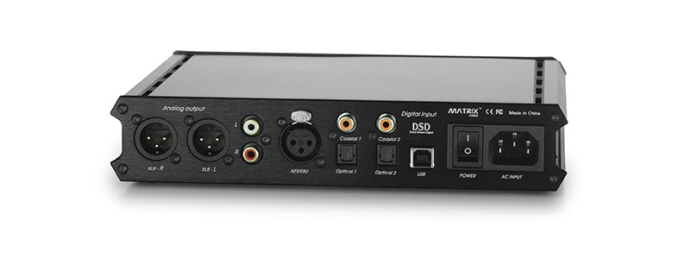
Visually, the Quattro II has seen a redesign in the same manner as the newer Matrix M-Stage models. They seem to be unofficially combining the M-Stage and Quattro lines, since, along with not putting out a Quattro amp, there aren’t any plans to develop and release a new M-Stage DAC, so it makes sense that they would make these two look like siblings. It is here, however, that I have my biggest complaint against the Quattro II. I think it looks… kind of fugly. It has a rather bland, utilitarian look. This aesthetic fit the M-Stage better. Also, despite the similar look, the short, wide Quattro II doesn’t stack well with the long, narrow M-Stage. For something that retails for up to $900, I would have liked something a little spiffier looking. I think the cheaper Matrix Mini-I models look better, per instance. However, like all of the Matrix products I have gotten my hands on, the Quattro II is very well built. Every part of it, from the RCA connectors, and the volume knob, to the aluminum casing feels sturdy and solid, like a piece of sound equipment made to last.
Whatever qualms I might have about the look of the unit, are dwarfed by a quick check of the features packed into this unit. In a way, it is less an update of the original Quattro than a combination of the design of the Mini-I with the higher end DAC chip of the Matrix flagship X-Sabre. For someone who will be using this as an audio center for a lot of different sources, the nicest feature on here might be the auto-detect. If you have six different sources plugged into the Quattro, it will automatically select the input that is receiving a signal, eliminating the need to futz with the controls at. For those whom prefer the futzing, you can also select the input manually. Through the on-screen menus, you can select whether you want your outputs to be a preamp out or a true line out. You can opt to add up to 10db of gain to the preamp out, if you so choose. There is an auto sleep feature, a fast or slow roll off switch for PCM signals (my ears didn’t detect a big difference), the works. To access the menu, you simply depress the volume knob and then turn on the unit.
Click HERE or below to go to the next page
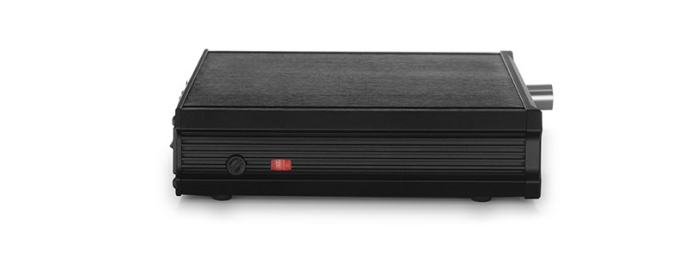
Click HERE or below to go to the next page





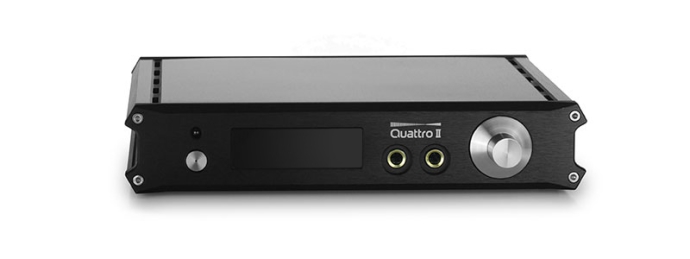
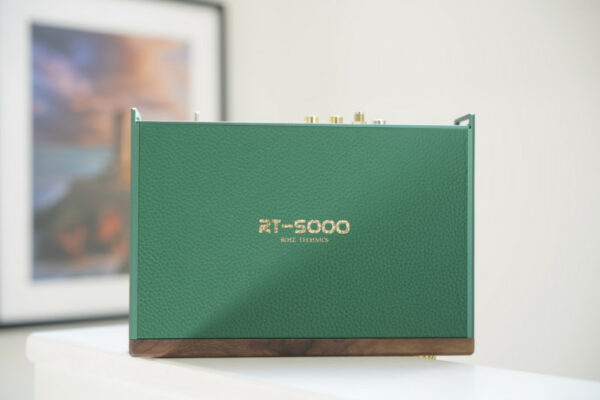
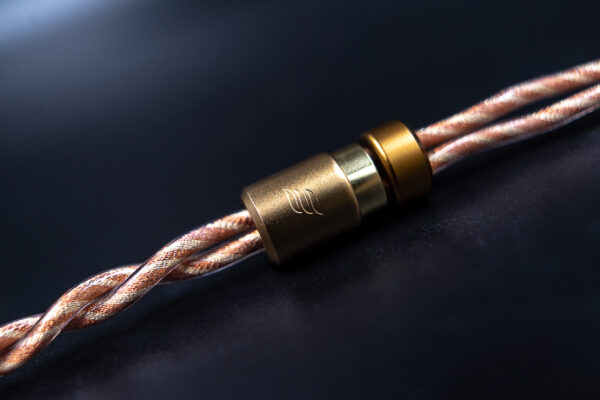
dalethorn
That was an excellent description of the back panel, but the front — is that 2 headphone jacks and only one volume control? Overall, a very thorough review.
Dave Ulrich
Excellent point, Dale! Yep, 2 jacks and 1 volume control.
Tibor
Thank you for the review.
I am sorry, but my comment is a bit off topic,but…
When you guys will get your hands on Schiit Gungnir Multibit + Mjolnir 2? Or perhaps Bifrost multibit please?
Cheers 😉
Dave Ulrich
I have contacted Schiit a few times to try and get a Bifrost review, but have never heard back. So, I would hold my breath.
dalethorn
That’s surprising. Seems like they would want a good tech review to go along with all the ‘announcement’ reviews.
Headfonia_L.
It’s always been like this with Schiit. “Yes sure you can get one” but then they never ship it and stop replying… Great service 😀
Piece O. Schiit
Wow complete lack of integrity. Very interesting. That really makes me want to run right out, and buy something from them! :p. smh